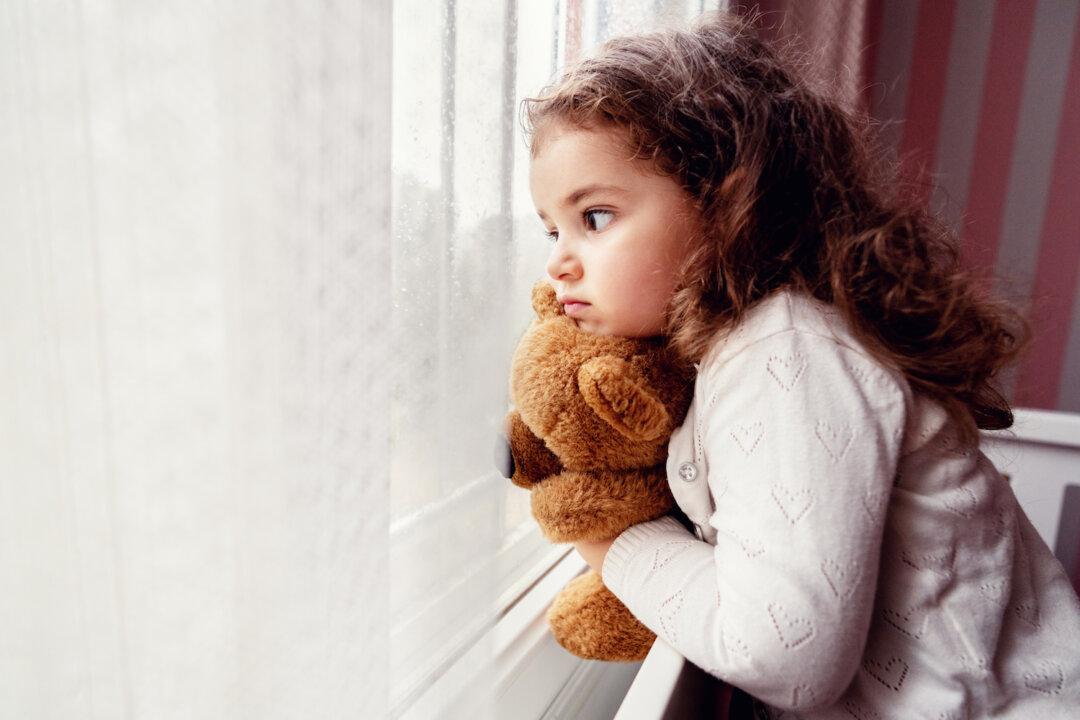Most women know the downsides of having children later in life, but the positives often get overlooked. One of the major upsides is that women who have children later in life may live longer than childless women or women who have children at younger ages.
That’s what a 2015 study, published in the journal Menopause, concluded. This study found that women who had their last child after the age of 33 doubled their chances of living to age 95 compared to women who gave birth to their last child before the age of 29.






